Art History Exam
1/59
Earn XP
Description and Tags
Name | Mastery | Learn | Test | Matching | Spaced |
|---|
No study sessions yet.
60 Terms
Abstract Expressionism
A style of abstract painting developed in New York in the 1940s and 1950s, characterized by gestural brushstrokes or mark-making and the impression of spontaneity.
Abstraction
The process of simplifying or distorting real objects or forms into non-representational shapes or lines.
Action form
A painting style where the work appears to record the actions of the painter, often through visible brushstrokes and energetic mark-making.
Arbitrary colour
Color that does not reflect or represent the realistic or natural hues of an object or scene, chosen instead for expressive or aesthetic reasons.
Arte Povera
An art movement primarily from the late 1960s to the 1970s whose artists made works from everyday or 'poor' materials.
Appropriation
The practice of borrowing pre-existing objects or images in art with little or no transformation.
The Ashcan School
An artistic movement in the United States during the early 20th century that portrayed daily life in New York, often focusing on poorer neighborhoods.
Americana
Visual and material culture derived from or associated with the United States.
Assemblage
An artistic form or medium usually created on a defined substrate that consists of three-dimensional elements projecting out of or from the substrate.
Automatism
A method of art-making based on spontaneity and the subconscious, often without conscious control.
Benday dots
A printing process consisting of the creation of small, closely spaced dots. The technique was named after illustrator and printer Benjamin Henry Day, Jr.
Carl jung
Swiss psychiatrist and psychoanalyst who founded analytical psychology.
Classical tradition
Deriving from the traditions of ancient Greece and Rome, emphasizing balance, order, and harmony.
Conceptual art
Art in which the idea presented by the artist is considered more important than the finished product, if there is a finished product.
Colour field painting
A style of abstract painting characterized by large fields of flat, solid color spread across or stained into the canvas, creating unbroken expanses of color.
Colonialism
The policy or practice of acquiring full or partial political control over another country, occupying it with settlers, and exploiting it economically.
Cubism
An early-20th-century avant-garde art movement that revolutionized European painting and sculpture, and inspired related movements in music, literature and architecture. It has been considered the most influential art movement of the 20th century.
Dada
An art movement of the European avant-garde in the early 20th century, with early centers in Zurich, Switzerland, during World War I. Dada rejected logic, reason, and aestheticism of modern capitalist society, instead expressing nonsense, irrationality, and anti-bourgeois protest in their works.
The dematerialization of art
The move towards emphasizing the artistic idea and process over the finished art object.
Environments (kaprow)
Term developed by Allan Kaprow in the late 1950s to describe multi-elemental, often large-scale constructions, sometimes later termed Installations.
Existentialism
A philosophical theory or approach that emphasizes the existence of the individual person as a free and responsible agent determining their own development through acts of will.
Feminist art
Art created by women which critiques and addresses social and political inequalities.
Fauvism
A loose group of early twentieth-century Modern artists whose works emphasized painterly qualities and strong color over the representational or realistic values retained by Impressionism.
Futurism
An artistic and social movement that originated in Italy in the early 20th century. It emphasized speed, technology, youth and violence and objects such as the car, the aeroplane and the industrial city.
Gutai
A radical Japanese art movement formed in 1954. Gutai rejected traditional artistic conventions and sought to explore new forms of expression through performance, installations, and painting.
Happenings
A performance or event that is often theatrical and may involve audience participation.
Harold Rosenberg
An American art critic and member of the New York School. He is best known for coining the term 'action painting' in 1952.
Hard edge painting
A style of abstract painting characterized by precise geometric forms and clear, sharp edges in contrasting colors.
Harlem Renaissance
A cultural, social, and artistic explosion that took place in New York, during the 1920s and 1930s. It was a period of significant advancement in African American literature, music, art, and theatre
Indigenism
Political ideology that asserts the ancestral roots and identity of native peoples who have suffered from colonialism.
Installation art
An artistic genre of three-dimensional works that often are site-specific and designed to transform the perception of a space.
Institutional critique
The systematic inquiry into the workings of art institutions, often critiquing their power structures, policies, and values.
Japanisme
A French term used to describe the popularity and influence of Japanese art and design in Europe in the late nineteenth century.
John Cage
An American composer, music theorist, artist, and philosopher. A pioneer of indeterminacy in music, electroacoustic music, and non-standard use of musical instruments, Cage was one of the leading figures of the post-war avant-garde.
Land art
An art movement that emerged in the 1960s and 1970s, largely in the United States and Britain, in which the landscape and the work of art are inextricably linked.
Minimalism
A trend in sculpture and painting that arose in the 1950s and used simple, typically massive, forms.
Modern art
The period from roughly the 1860s to the 1970s, characterized by experimentation, abstraction, and a rejection of traditional artistic values.
Modern art
Art produced roughly between the 1860s to the 1970s that breaks with past and tradition.
Nouveau realisme
The French version of Pop Art.
Orientalism
The representation of Asian and Middle Eastern cultures from a Western perspective that is often biased, stereotyped, or exoticized.
Performance art
An art form that combines visual art with dramatic performance.
Pop art
An art movement that emerged in the mid-1950s in Britain and in the late 1950s in the United States. Pop art presented a challenge to traditions of fine art by including imagery from popular and mass culture, such as advertising, comic books and mundane cultural objects.
Post minimalism
An art movement that emerged in the late 1960s, largely in America, as a reaction against the formality and rigidity of Minimalism. Post-Minimalist artists favoured the use of process, unconventional materials, and a more personal, expressive approach.
Post painterly abstraction
An umbrella term for a range of American abstract painting in the 1960s which reacted against the painterly gestures of Abstract Expressionism.
Purism
An early-20th-century art movement that embraced the machine aesthetic and sought purity of form in functional design.
Primitivism
The borrowing of subjects or forms, usually from non-European or prehistoric sources, by Western artists, in an attempt to infuse their work with the expressive qualities of another culture.
Postmodernism
A broad and complex movement, developed in the late 20th century, characterized by skepticism, irony, and rejection of universal truths and grand narratives.
Relational aesthetics
A set of artistic practices which take as their theoretical and practical point of departure the whole of human relations and their social context, rather than an independent and private space.
Surrealism
A cultural and intellectual movement that began in Europe in the wake of World War I. Surrealism aimed to resolve the previously contradictory conditions of dream and reality.
Works Progress Administration
An American New Deal agency that employed millions of jobseekers to carry out public works projects, including the construction of public buildings and roads.
Yayoi Kusama

Lee Krasner
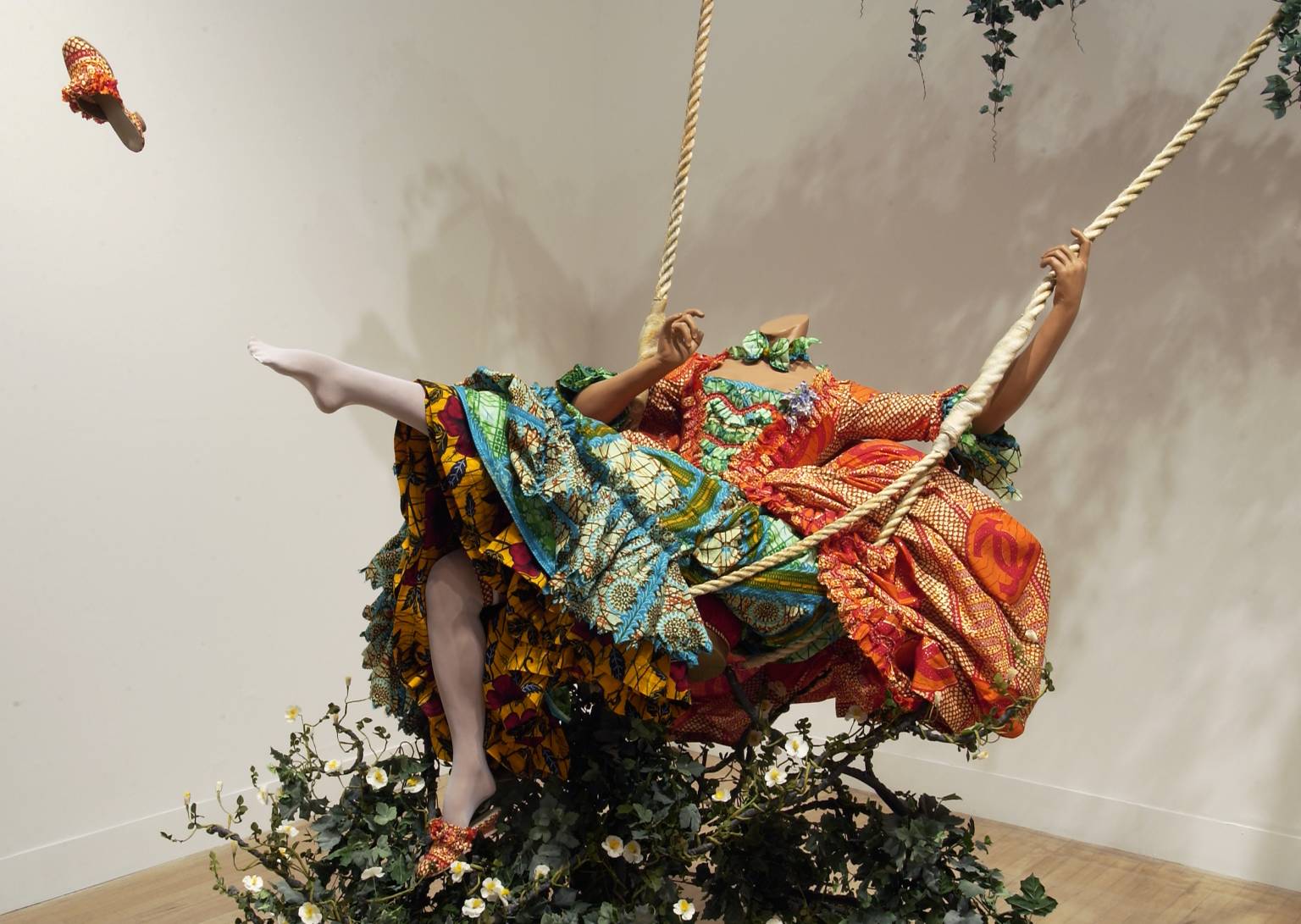
Yinka Shonibare

Helen Frankenthaler
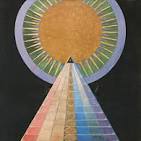
Hilma af Klint

Jeanne Mamman
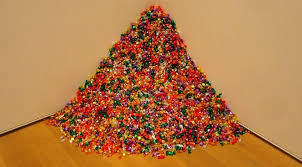
Felix Gonzales-Torres
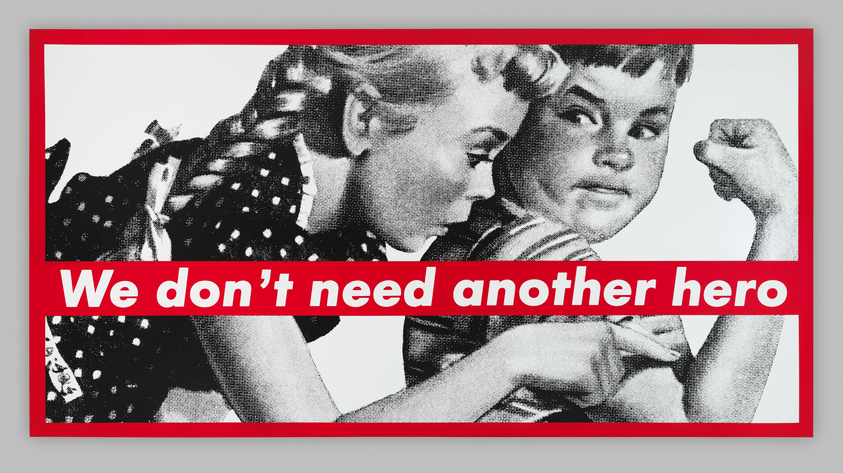
Barbara Kruger

Ann Hamilton
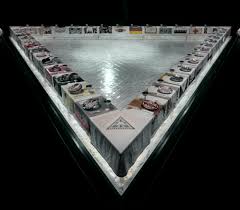
Judy Chicago